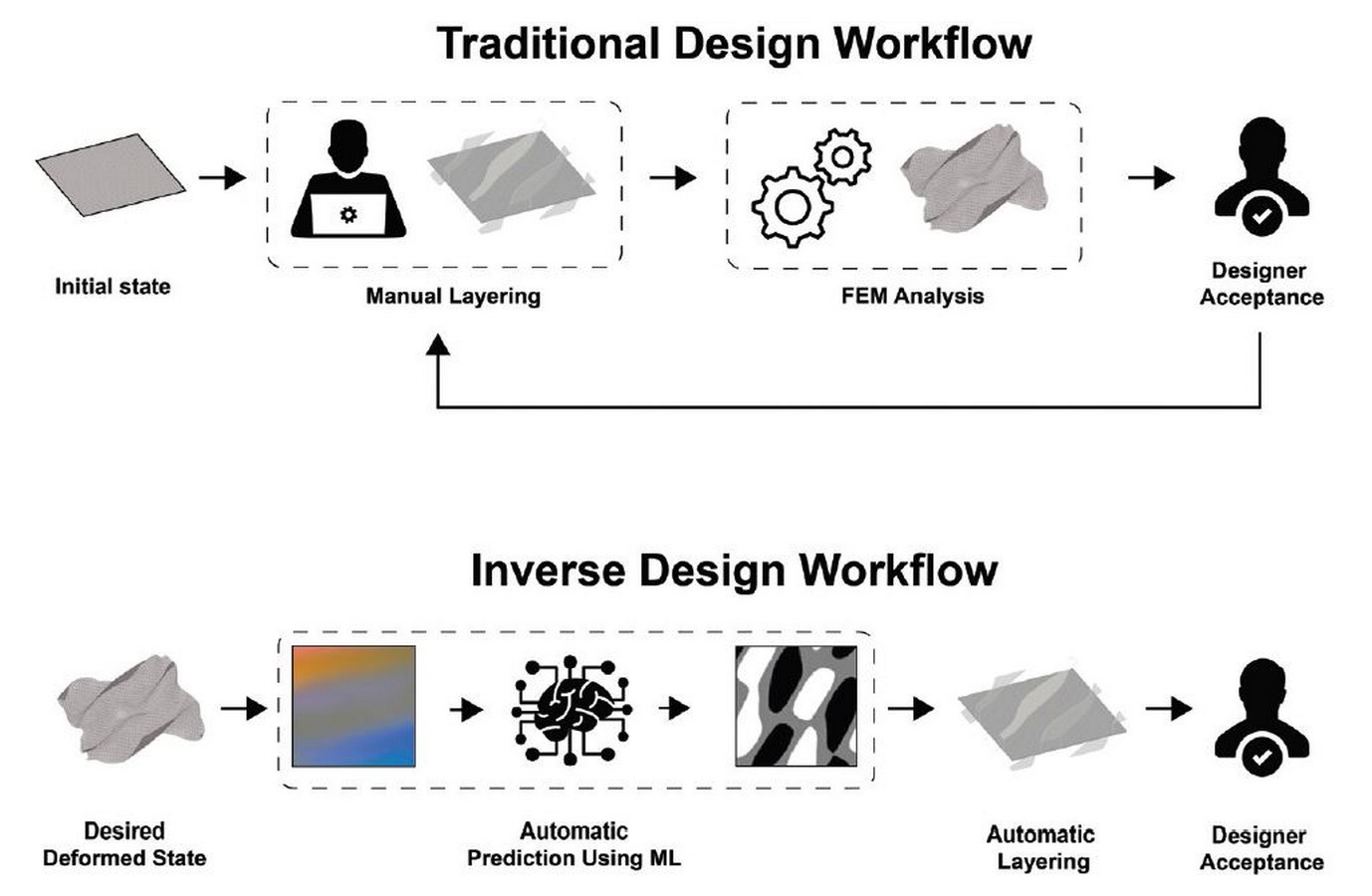Human beings are social animals who live in constructed environments. Over centuries these environments have changed and are molded to adapt to the evolution of human needs. Our built environments have always been the effortless reflection of our society, culture, lifestyle, beliefs, and most importantly, our growth as a species.
How did we go from insignificant apes to the rulers of planet Earth
During the Stone Age (3.3 million years ago), the word – architecture, could be analogous with shelter alone. Over centuries various activities were cognised with communities forming, growing and migrating. Architecture became a means to house these activities. For instance, Greek temples and amphitheaters housed religious and recreational activities respectively. The evolution of architecture thus goes hand in hand with the evolution of human activity.
The difference between Homosapiens and other species is our ability to use our imagination and mold our lifestyle around our needs. Structures like the Pyramids of Giza or the Greek mythological tale of the labyrinth constructed by the Architect Daedalus for the Minotaur of Crete have come to existence because of human imagination itself. This very ability makes it possible for us to have a global exchange of ideas. It is how cities have evolved from villages and huts to skyscrapers.

Today, our built environment now defines cities and nations. Energy usage, climate change and carbon emissions are the factors that play a key role in the well-being of the built environments we call our home. The architecture of the present no longer caters to the user alone but should also be mindful of its effect on the natural surroundings. Well-designed spaces aid the user to create, innovate, play and connect with others. But a polluted urbanscape gives birth to just the opposite. The architecture of our cities acts as lungs to its residents as we are a clear reflection of our built environments.

Designing with Artificial Intelligence
Perceptive designing and adaptive architecture is the need of the hour. With the demand for smart cities, the construction and education sectors need to keep up with the use and availability of this technology. Softwares for architects have evolved from CAD and SketchUp to scripted geometry engines and parametric BIM platforms like Rhino and Revit. These programming tools can now explore better building efficiency using simple calculations and environmental analysis. Clients can now get an in-depth visual narrative of their designs through augmented reality which makes the whole process of construction of proposed structures a lot easier, faster and secure. Architect Carlo Ratti sees AI’s being used to turn buildings into living things. Building facades can respond in real-time to enhance comfort, reduce energy use, and maximize efficiency by integrating sensors that collect information on humidity, temperature, and air quality.

A fine case of collaboration between firms and software companies can be taken from Foster + Partners with Autodesk. They are exploring the use of self-deforming materials that can change their shape without any mechanical force. The material would respond the same way as the human eye would to light and change the nature of the façade. With the help of AI, the designers started with the preferred result and let the software work its way through a series of permutations and combinations making the process of research much easier. The complex study is realised by combining thermo-active materials with passive laminates (multilayered materials, usually plastic) and studying their expansion and contraction rates.

Psychology of space with AI
Another AI-driven installation called “Wisteria” explores the ability of this technology on an intimate level. Architect Mona Ghandi, who runs the Morphogenesis Lab, a cross-disciplinary program at Washington State University, has investigated the relationship between the built environment and the psychology of the user using AI. Wisteria comprises a forest of cylindrical fabric, known as shrouds, suspended from the ceiling that changes their shape and colour depending on the biometric data collected from the user experiencing the space. A programmable material (shape-memory-alloy) housed inside the shroud, senses the presence of an occupant and responds to their body temperature and pulse using a programmed app. The occupant’s emotions determine the spatial behaviour of the installation as the fabric cylinders expand, contract and activate LEDs that change colour and make the user aware of their thoughts at that given moment. The space is thus designed as an extension of the body and mind and becomes a living organism, adapting itself to the unique qualities of each occupant.

The above two examples are indicative of a larger trend in the use of AI in perceptive and adaptive designs. Its advancement offers the potential for designing spaces that have an increased response rate towards the occupants of both built and natural environments. It can further tackle the problems that hinder building performance making architecture easier, efficient and accustomed for the future.
References:
- TED. (2015). Why Humans run the World by Yuval Noah Harari.
Available at: https://www.youtube.com/watch?v=nzj7Wg4DAbs
















